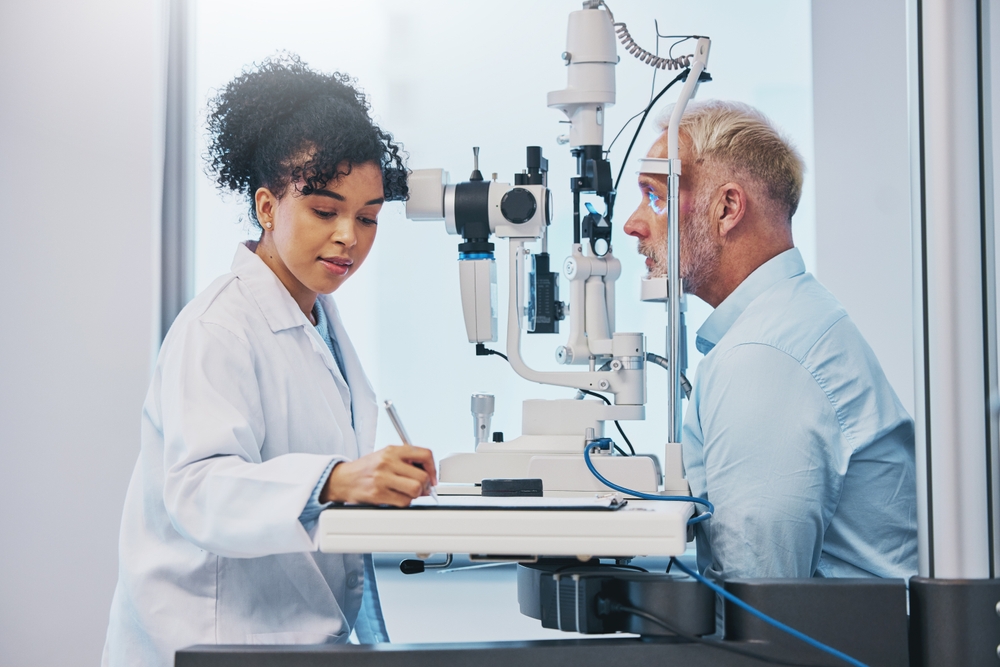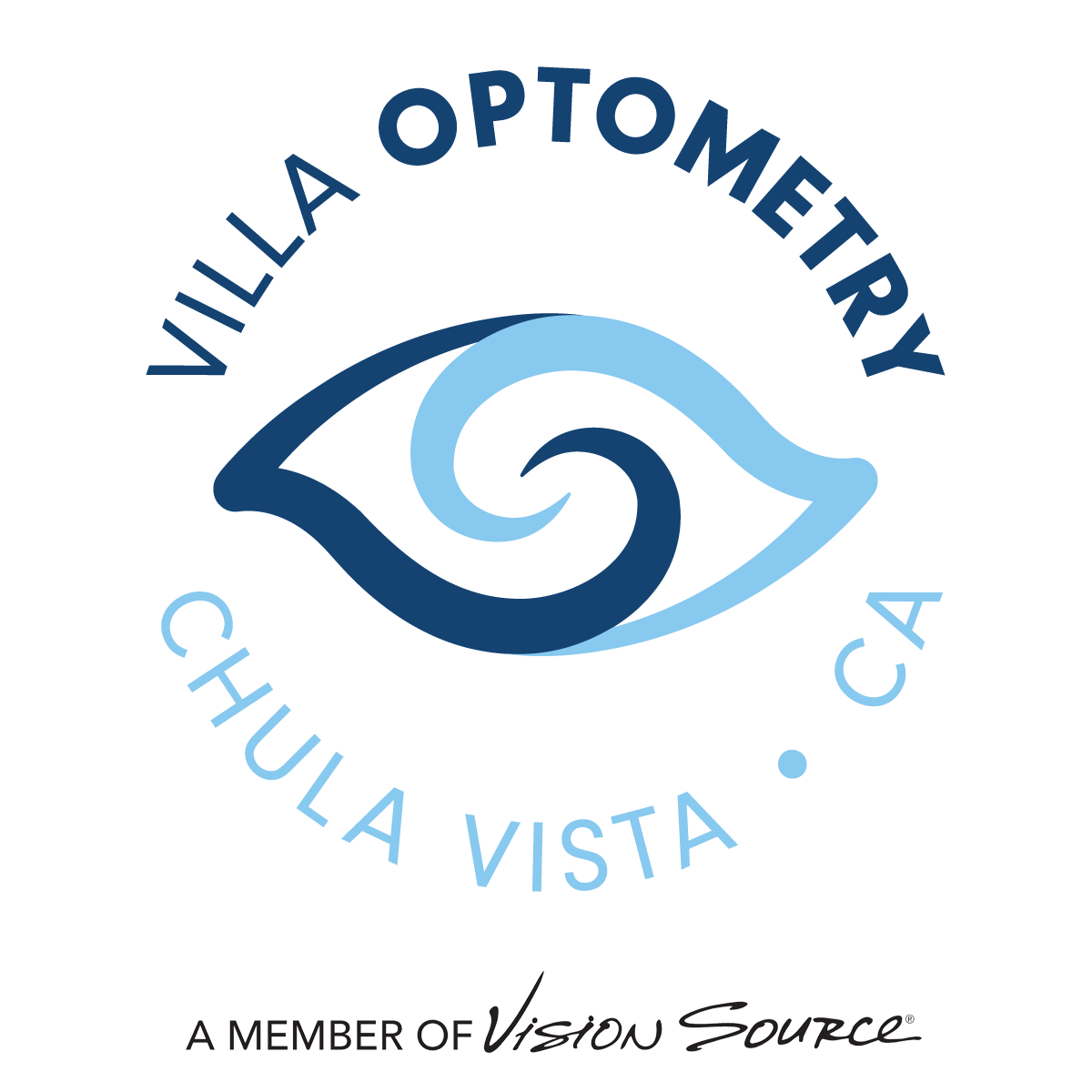
Regular eye exams are a critical part of maintaining optimal vision and eye health. While it's easy to take your eyes for granted, remember that changes in your vision or eye health can often be subtle and barely noticeable. Regular eye exams can help detect these changes early and initiate timely intervention.
What is a Comprehensive Eye Exam?
A comprehensive eye exam is a thorough evaluation of your vision and eye health conducted by an optometrist. Unlike a simple vision screening, which only checks your visual acuity, a comprehensive eye exam is a detailed examination that looks at all aspects of your eye health.
In a comprehensive eye exam, your optometrist will assess your visual acuity, measure your eye pressure, evaluate your eye movement and coordination, and examine your eye's interior and exterior for any abnormalities. This exam can detect vision problems, eye diseases, and other health conditions that may affect your eyes.
The comprehensive eye exam includes several tests, such as retinoscopy, refraction, slit lamp examination, visual field test, and more. Each of these tests plays a critical role in assessing different aspects of your vision and eye health, helping your eye care professional get a comprehensive understanding of your eyes.
What to Expect During an Eye Exam
If you've never had an eye exam before, you might wonder what to expect during an eye exam. First, your eye care professional will take a detailed history, asking about any vision problems, eye conditions, or health issues you may have. This information will guide the rest of the examination.
Next, your vision will be tested, typically using a chart with letters of varying sizes (known as a Snellen chart). You'll be asked to read the letters with one eye at a time, which helps assess your visual acuity. You might also undergo a color vision test to check for color blindness.
Your eye pressure will be measured, usually with an instrument called a tonometer. This test is crucial to detect glaucoma, a condition that causes elevated eye pressure and can lead to vision loss. The front part of your eye will be examined using a slit lamp, which provides a magnified view of your eye's structures.
Finally, your optometrist may dilate your pupils to examine the back of your eyes, including your retina and optic nerve. This test can detect a variety of conditions, such as retinal detachment, macular degeneration, and damage from diabetes or hypertension.
Common Eye Conditions Detected During an Eye Exam
Several common eye conditions can be detected during an eye exam. These include refractive errors like myopia (nearsightedness), hypermetropia (farsightedness), and astigmatism. These conditions occur when the shape of your eye doesn't allow light to focus correctly on your retina, causing blurry vision.
Another common condition detected during an eye exam is presbyopia, which affects your ability to focus on close objects. This condition is a normal part of the aging process and generally starts to affect people in their 40s.
More serious conditions that can be detected during an eye exam include glaucoma and macular degeneration. Glaucoma is a group of conditions that damage the optic nerve, often due to high eye pressure. Macular degeneration affects the part of your retina that provides sharp, central vision, and it's a leading cause of vision loss in older adults.
How Often to See an Optometrist
The frequency of eye exams depends on several factors, including your age, health, and risk of developing eye problems. As a general rule, the American Optometric Association recommends that adults have a comprehensive eye exam every one to two years.
If you're over the age of 60, or if you have a health condition that increases your risk of eye disease (such as diabetes or high blood pressure), you may need to see your optometrist more frequently. Similarly, if you wear glasses or contact lenses, regular check-ups are essential to ensure your prescription is up-to-date.
Your optometrist may recommend a different schedule based on your personal circumstances. Always follow their advice to maintain optimal vision and eye health.
Conclusion
Understanding the importance of regular eye exams, knowing what a comprehensive eye exam entails, and being aware of what to expect during an eye exam can help you take proactive steps towards maintaining your eye health.
Take a proactive approach towards maintaining optimal vision and ocular health by scheduling your next comprehensive eye exam today, visit Villa Optometry at our office in Chula Vista, California. We are committed to providing quality eye care services and products for the entire family. Please call (619) 482-2020 to book an appointment today.







